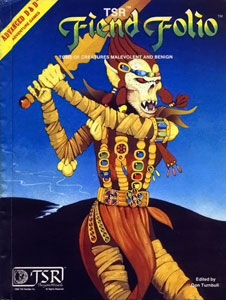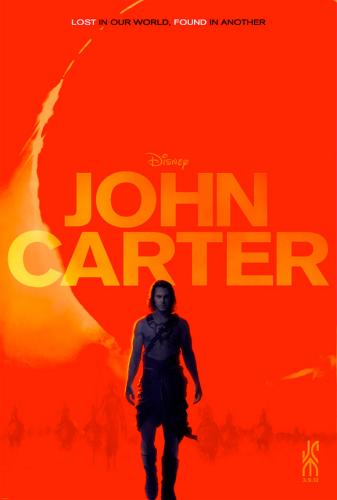A thought just came to me, while I was wondering once more why D&D has this very strange system of spellcasting known as Vancian casting.
And it occured to me, that the system of having to select your loadout of spells in the morning and being unable to use them again after they have been cast would make perfect sense if you are thinking of artillery in a wargame. An artillery unit would have to carry a limited amount of specialized amunition with them and once it’s fired they would have to wait for resupply to regain their capacity to fire. In the same way, changing loadout would also require waiting for resupply or returning to base. Not being familiar with the very old editions of D&D, I read something about PCs apaprently not even being supposed to rememorize spells while on an adventure and expected to do that when safely back in town for a couple of days.
Since D&D has its root in wargames, it seems entirely plausible to me that Gygax was already familiar with such a system and found a rough analog for spells in Vance’s novels. And from what I’ve heard (never read them), spellcasting in Vance’s novels isn’t really like spellcasting in D&D either. Just similar.
In any way, I vastly prefer my highly beloved spell points.


